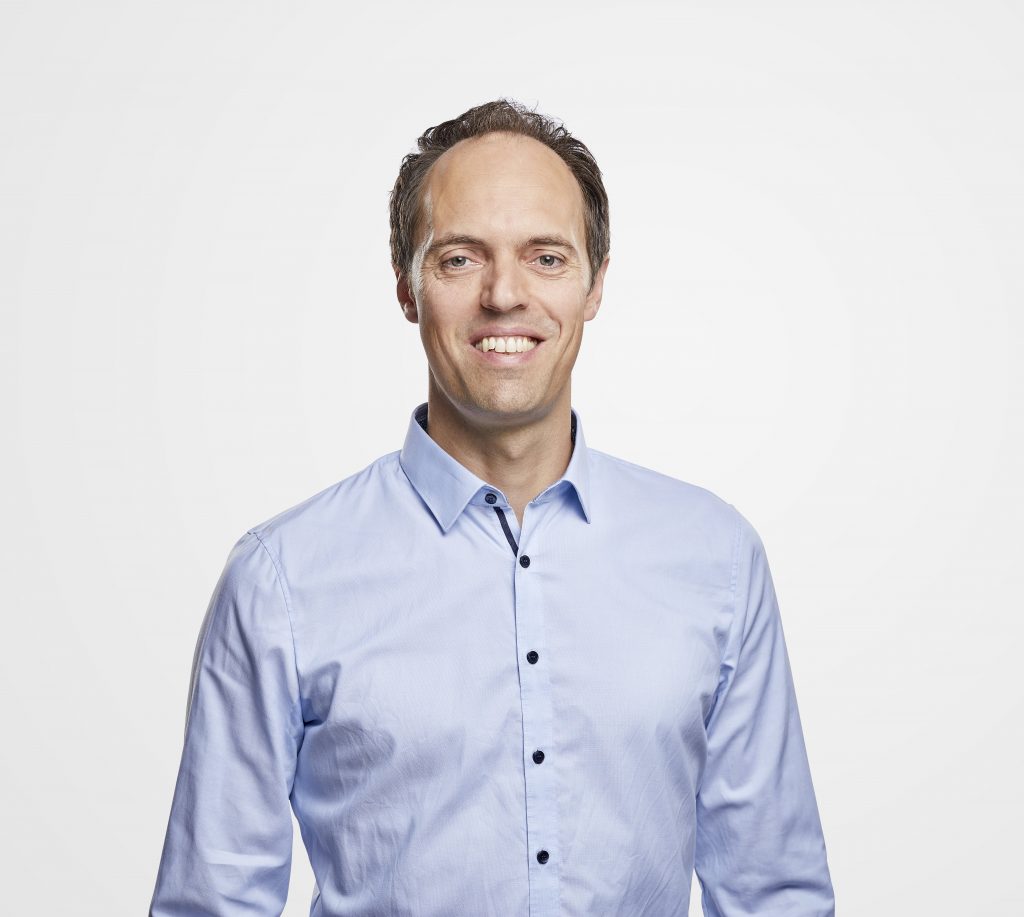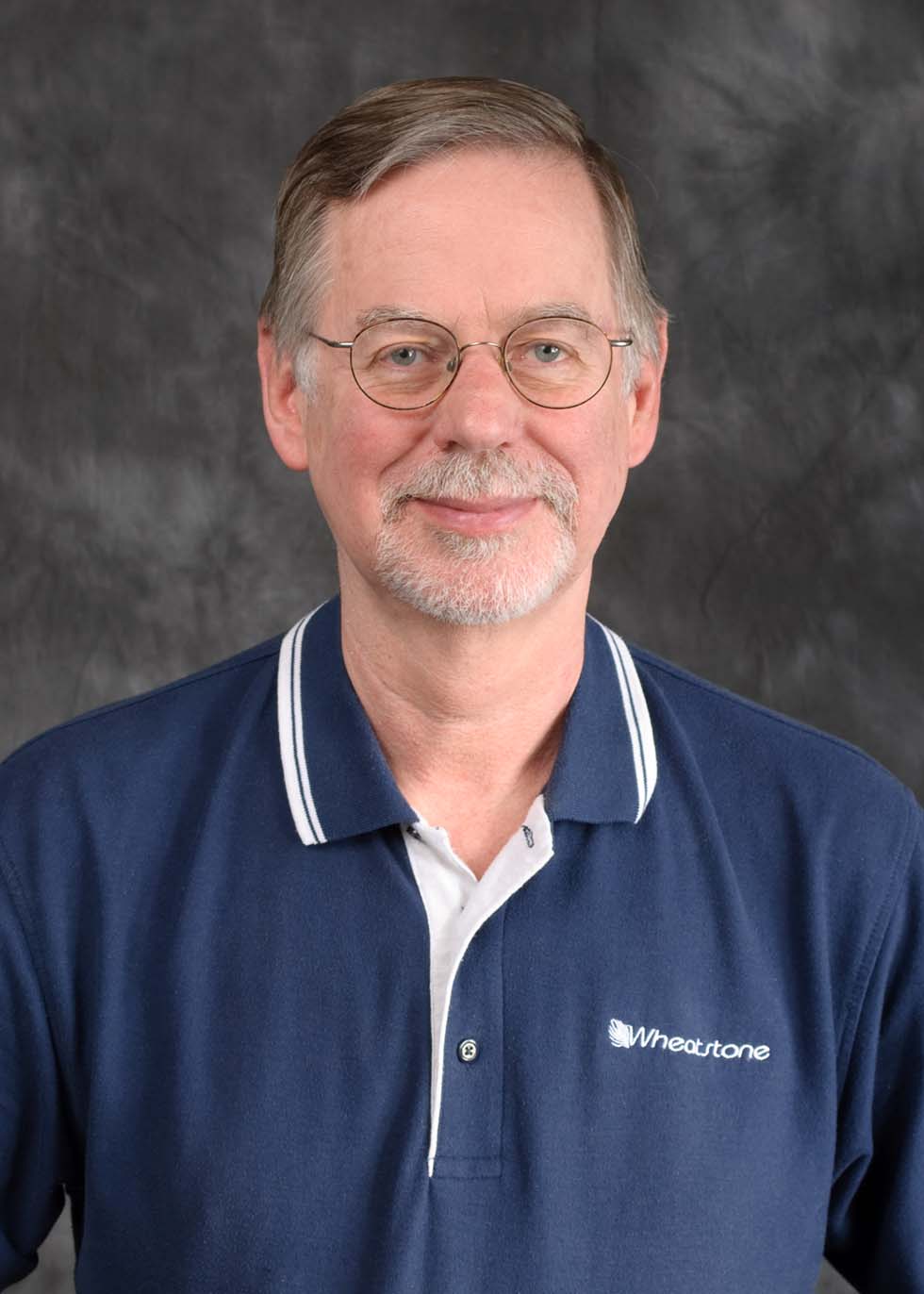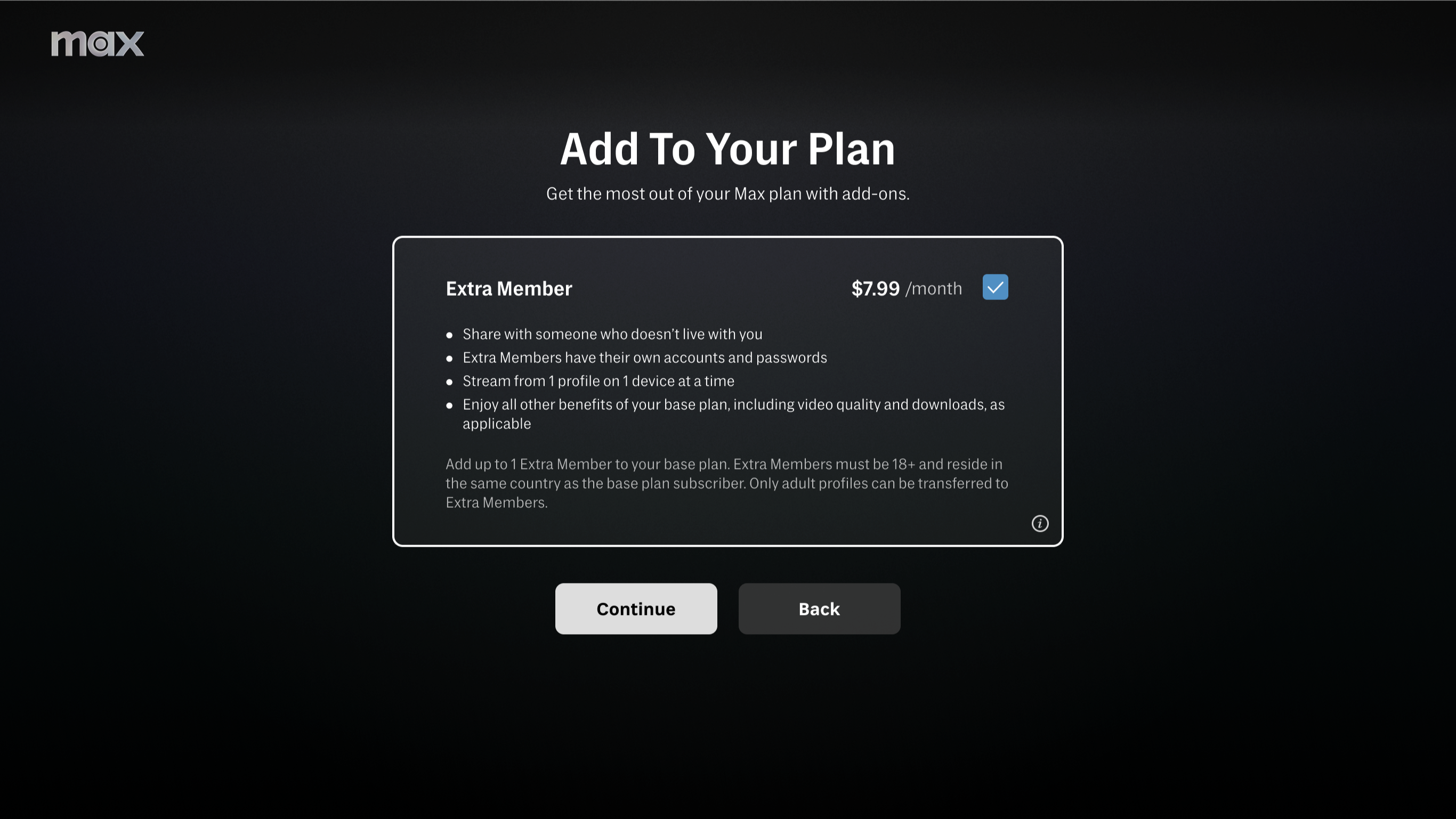Audio Consoles: Surface Still Matters
Despite emphasis on IP and cloud, mixers won’t give up the hardware anytime soon

The physical function of audio mixing remains relatively unchanged today despite technology’s onward march. There are now many ways to mix studio and outside source signals for live broadcasts, but the familiar console with faders, meters and turnable knobs is still a reassuring presence in most sound suites. That’s not to say there have not been considerable changes in the background, with processing and routing racks now commonly situated either in a separate equipment room or, increasingly, replaced by software in the cloud.

As Lawo Senior Product Manager for Audio Infrastructure Christian Struck observes, the implementation of powerful IP networking has directly impacted soundboards. “The trend in audio mixing is shifting toward integration with broader IT-based infrastructures,” he says. “This includes the adoption of data-center architectures and the use of commodity, off-the-shelf server hardware. Essentially, audio mixing is no longer a standalone activity but part of an ecosystem emphasizing agility, scalability and flexibility.”
“All major live production mixer manufacturers” now produce consoles that run on standard CPU hardware and are more in line with IT environments than proprietary broadcast systems, Struck explains. On an operational level, he adds, there is “noticeable demand” for higher channel counts in tandem with support for Next Generation Audio (NGA) formats.
Distributed Production
The configuration of an audio desk is often dictated by its application. When it comes to live news, Wheatstone Senior Sales Engineer Phil Owens says, the mission remains much the same as it has been—providing reliability and ease of use along with necessary support for various live in-studio functions, such as automation and remote contribution.
“Audio systems must be flexible enough to support different dayparts, from a newscast with two anchors, sports and weather to a full panel discussion or a single shot news break-in,” Owens says. “New systems are able to recall the sources—remote or local—and settings needed for these and other possible workflows.”

Any discussion of audio console technology over the last two to three years has inevitably included the cloud and distributed production. Henry Goodman, director of product management at Calrec Audio, describes them as the two strands of the main trend in this area.
“Distributed production environments are where a lot of broadcasters can see added value for their businesses,” he says. “The extension of remote operation to wider distributed production and the ability to utilize resources at will—both in terms of hardware and equipment resources as well as people, in a more efficient way—to produce more content is clearly a process many broadcasters are having to go through for commercial reasons, rather than just because it’s a new technology.”
Get the TV Tech Newsletter
The professional video industry's #1 source for news, trends and product and tech information. Sign up below.

Calrec recently launched ImPulseV, its first mixer dedicated to the cloud, based on a virtual audio mix engine with cloud-based DSP software hosted in AWS. While Goodman says there are “fairly forward-thinking broadcasters” now considering this way of working, he does not agree that the console or control surface has become secondary to the virtual processing and mixing setup.
“My view is almost the inverse of that,” he explains. “Once you’ve put your DSP in a cloud environment, a lot of people start to think about that processing as more generic. The differentiator comes down to how the operator uses it and the surfaces and control systems they’re sitting in front of.”
Wheatstone is “seeing a small uptick in demand” for virtual consoles to control audio hardware, according to Owens. “Touchscreens do offer some advantages, such as fewer moving parts, making them easier to maintain or replace, plus lower cost,” he says. “But most audio operators still prefer the ‘fader in hand’ approach. Of course, that may change as more of the ‘iPhone generation’ step into board op roles.”
The transition toward cloud-based DSP and remote production workflows has introduced more agile and distributed approaches to audio mixing, including the use of virtual control surfaces and computer-
based mixing, according to Struck.
“However,” he adds, “for large-scale, high-profile events such as international sports broadcasts, consoles in the tradition of haptic faders and real rotaries and buttons remain essential. Controllers and in-the-box workflows have gained traction for less demanding or smaller-scale productions but they cannot replace the traditional console in high-pressure scenarios.”
What’s Hot, What’s Not
Whether physical or virtual, all modern consoles—and their manufacturers—support immersive audio, which usually means Dolby Atmos. While the big streaming services—notably Netflix and Amazon Prime Video—specify Atmos for high-end drama, as Struck points out, it is still not yet a standard requirement for broadcasters and most streamers. “The interest in immersive audio workflows remains confined to a smaller portion of customers,” he says.
Goodman wonders if much of the viewing public takes advantage of what immersive audio is available, adding that “the vast majority of distributed content” is still not in the format. Even less exploited, in Goodman’s opinion, is the use of object-based audio (OBA) to personalize broadcast audio.
“Alternative languages are the obvious application,” he says, “but in sports coverage, OBA can also offer a choice of commentary and a different mix relating to the team a viewer supports. It’s still not very commonplace, for a number of reasons—the main one being it’s not cheap to do, because you’re effectively creating another mix. How you would commercialize it is another question.”
The trend in audio mixing is shifting toward integration with broader IT-based infrastructures.”
— Christian Struck, Lawo
Some sports broadcasters have picked up features of OBA, but it is not a priority in other areas. “We haven’t seen [demand for] that,” Owens says. “But we deal primarily with live news. OBA requires more from audio systems in terms of an expanded number of sources and the ability to pan in new directions. I’m sure that will become a need at some point but I would put it in the scope of five to 10 years.”
Personalization is not the main reason to adopt NGA/OBA, Struck adds. “What we see is a growth of the channel count, from 5.1 to 5.1.4 or 7.1.4 and higher rather than broadcasters striving to achieve an OBA workflow with personalization,” he says. “It is an emerging trend, however, and the shift to OBA workflows has already redefined expectations for mixing consoles, particularly in terms of resource management and operator assistance.”
The mixing console has come a long way in a relatively short period of time. It will doubtlessly continue to evolve over the coming few years, while, based on recent developments, remaining very much itself.
